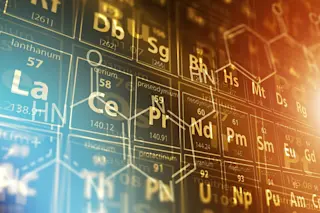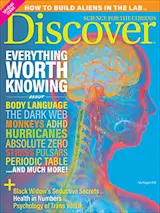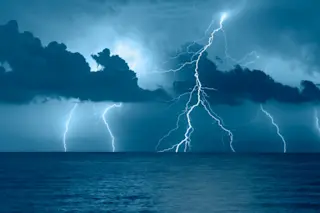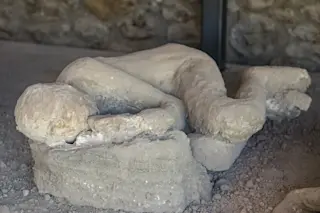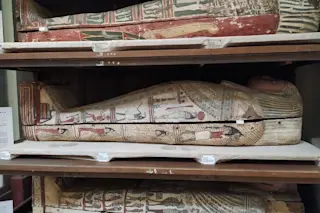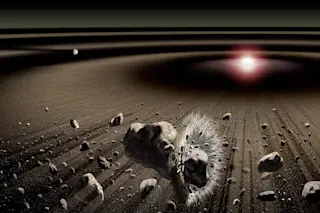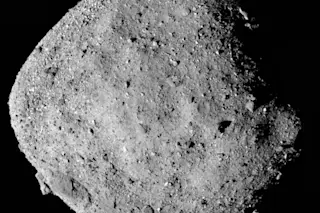Whether hung on classroom walls, put up in dorm rooms or screen-printed on T-shirts, the periodic table of elements screams, “Science!” like no other image. And why not? At 118 members and counting, the table lists every known chemical element, the (mostly) immutable building blocks of all materials in the universe.
But it’s not just a random list of elements. The organization of the periodic table reveals an element’s behaviors and characteristics: from atomic size, density and abundance, to how it would likely interact with others.
Everything is made up of atoms, and atoms are made up of their own tiny particles: Electrons flit semi-randomly around a central nucleus, which is made up of neutrons and protons. (Neutrons and protons are themselves made up of other particles: quarks.) The number of protons, also called the atomic number, defines an element — alter that, and you’ve changed the element itself.
(Credit: ...


